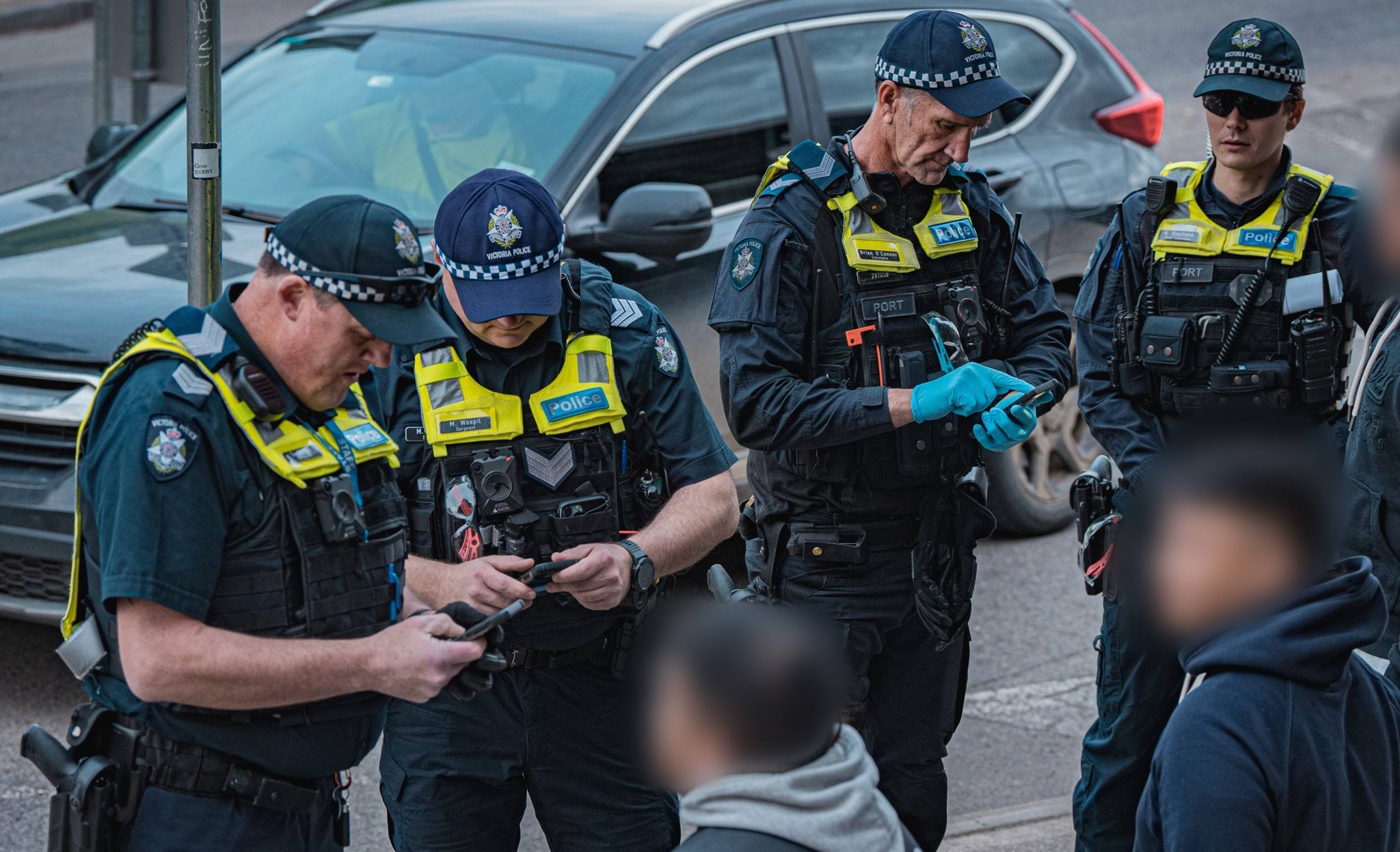Gang life can present a seemingly glamorous lifestyle for some young people.
Despite the violence, the perceived social status of being involved in a gang can be appealing – particularly for marginalised and socially disconnected young people. Joining a youth gang for some young people can often be the outcome of wider social failings in a young person’s life.
We know that youth gang members are more likely to have experienced family violence, come from fragmented family structures, live in socio-economically disadvantaged communities and/or are seeking protection from abusive family members or local bullies1.
As a result, many youth gang members display a lack of social development. This development gap can affect their capacity for empathy and can minimise their ability to understand how their delinquent behaviour impacts others.
A youth gang can also be a form of escapism or association – a break from their everyday routines that provides connections and a sense of purpose not fulfilled elsewhere.
Victoria Police understands these risk factors and is determined to work with our partners to create the early interventions that curb youth gangs before they even form.
Youth gang members thrive on building a reputation for themselves and their gang as being ruthless and feared. This enhances their gang status as well as a means of self-identity with the group and the perceived protection that goes with being associated.
Detective Sergeant, Regional Operations
Harm to our community
Youth gangs cause significant harm to our broader community who are often the victims of youth gang-associated threats, crime, and violence.
The often visible and episodic nature of offending by youth gangs has torn at our community’s feelings of safety. Our community should feel confident to enjoy the public places, events, and amenities of our state, without fear caused by the unlawful behaviour of others.
Youth gang activity, such as engagement in fights, drug use and theft from stores can also have significant economic impacts on local traders and consumers.
Harms from youth gang activity can include:
- fear in the community
- damage to property (vandalism)
- retail thefts
- vehicle thefts
- assaults and affrays
- robberies and armed robberies
- burglaries and aggravated burglaries
- the cost of law enforcement and criminal justice, including policing, courts, and prison.
Harm to the individual
Some of the most serious harms from youth gangs are experienced by members themselves.
Exposure to crime and violence at an early age has a socially toxic effect – on families, communities, and the individual, particularly in relation to self-esteem, fear, school performance, building trusting relationships and in some cases, becoming entrenched in the criminal justice system2.
The risk-taking behaviour encouraged by youth gang activities increases the likelihood of members being victims of violence or theft, the target of rival youth gangs, or assaulted whilst under the influence of drugs or alcohol3.
Victoria Police knows that there is rapid escalation into serious and violent offending amongst these groups. We know that gang members are more commonly carrying and are prepared to use knives, particularly in gang conflict4.
We are determined to intervene before this type of behaviour becomes endemic to their lives.
Once indoctrinated into the gang, many youths have unfortunately disengaged from their families and school, whilst totally embracing the gang culture. Their loyalty to the gang transcends everything else.
Detective Sergeant, Regional Operations
1 White, Rob. Youth Gangs, violence, and social respect: Exploring the nature of provocations and punch-ups. Hampshire: Palgrave Macmillan, 2013.
2 White, Rob, Youth Gangs, Violence and Anti-Social Behaviour, Australian Research Alliance for Children & Youth, 2007.
3 Wu, Jun and Pyrooz, David.C., (2016). “Uncovering the Pathway Between Gang Membership and Violent Victimization,” Journal of Quantitative Criminology 32, no.4 (2016): 531-5., https://doi.org/10.1007/s10940-015-9266-5
4 Stakeholder consultation, 14/06/2022
Updated
